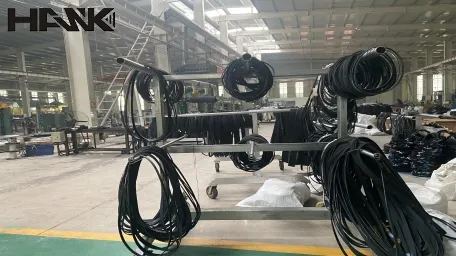- Arabic
- French
- Russian
- Spanish
- Portuguese
- Turkish
- Armenian
- English
- Albanian
- Amharic
- Azerbaijani
- Basque
- Belarusian
- Bengali
- Bosnian
- Bulgarian
- Catalan
- Cebuano
- Corsican
- Croatian
- Czech
- Danish
- Dutch
- Afrikaans
- Esperanto
- Estonian
- Finnish
- Frisian
- Galician
- Georgian
- German
- Greek
- Gujarati
- Haitian Creole
- hausa
- hawaiian
- Hebrew
- Hindi
- Miao
- Hungarian
- Icelandic
- igbo
- Indonesian
- irish
- Italian
- Japanese
- Javanese
- Kannada
- kazakh
- Khmer
- Rwandese
- Korean
- Kurdish
- Kyrgyz
- Lao
- Latin
- Latvian
- Lithuanian
- Luxembourgish
- Macedonian
- Malgashi
- Malay
- Malayalam
- Maltese
- Maori
- Marathi
- Mongolian
- Myanmar
- Nepali
- Norwegian
- Norwegian
- Occitan
- Pashto
- Persian
- Polish
- Punjabi
- Romanian
- Samoan
- Scottish Gaelic
- Serbian
- Sesotho
- Shona
- Sindhi
- Sinhala
- Slovak
- Slovenian
- Somali
- Sundanese
- Swahili
- Swedish
- Tagalog
- Tajik
- Tamil
- Tatar
- Telugu
- Thai
- Turkmen
- Ukrainian
- Urdu
- Uighur
- Uzbek
- Vietnamese
- Welsh
- Bantu
- Yiddish
- Yoruba
- Zulu
ਸਤੰ. . 14, 2024 21:03 Back to list
automotive rubber timing belt\/timing belt t
Understanding Automotive Rubber Timing Belts
In the intricate world of automotive engineering, timing belts play a crucial role in the functionality of an engine. Specifically, rubber timing belts are essential components that help synchronize the engine's camshaft and crankshaft, ensuring that the engine's valves open and close at the appropriate times during each cylinder's intake and exhaust strokes. This synchronization is vital for optimal engine performance and efficiency.
Construction and Materials
Timing belts are typically made from high-quality, durable rubber. The rubber used in these belts is reinforced with materials like fiberglass or aramid fibers, which enhance strength and resistance to wear and tear. The surface of the timing belt features teeth that interlock with corresponding grooves on the crankshaft and camshaft gears. This design prevents slippage, ensuring the precise timing necessary for engine operation.
Importance of Timing Belts
The timing belt's primary function is to keep the engine components in sync. If the timing belt fails, the consequences can be catastrophic—potentially leading to engine misalignment, significant internal damage, and costly repairs. Most manufacturers recommend inspection and replacement of the timing belt at specific intervals, commonly between 60,000 to 100,000 miles, depending on the make and model of the vehicle.
automotive rubber timing belt\/timing belt t

Symptoms of Timing Belt Failure
It's critical for vehicle owners to be aware of the signs of a failing timing belt. Common symptoms include unusual noises from the engine, such as grinding or ticking sounds, and a visible belt that appears cracked or frayed. Additionally, if the engine exhibits difficulty starting or shows a decrease in power, these could be indications of timing belt issues.
Replacement and Maintenance
Maintaining a healthy timing belt involves regular inspections and adherence to the vehicle manufacturer's recommended replacement schedule. When replacing a timing belt, it's advisable to also replace related components, such as the tensioner and water pump, as these parts often wear out simultaneously and can save on future labor costs.
Conclusion
In summary, rubber timing belts are vital for the proper functioning of automotive engines. Their ability to maintain the synchronous operation of engine components is what drives performance and efficiency. Understanding the importance of timing belts, recognizing the signs of wear, and adhering to maintenance schedules can prevent unnecessary complications and ensure the longevity of your vehicle's engine. As automotive technology continues to evolve, the essential role of timing belts remains steadfast, underscoring the need for regular attention on behalf of vehicle owners for a smooth and reliable driving experience.
-
Korean Auto Parts Timing Belt 24312-37500 For Hyundai/Kia
NewsMar.07,2025
-
7PK2300 90916-T2024 RIBBED BELT POLY V BELT PK BELT
NewsMar.07,2025
-
Chinese Auto Belt Factory 310-2M-22 For BMW/Mercedes-Benz
NewsMar.07,2025
-
Chinese Auto Belt Factory 310-2M-22 For BMW/Mercedes-Benz
NewsMar.07,2025
-
90916-02660 PK Belt 6PK1680 For Toyota
NewsMar.07,2025
-
drive belt serpentine belt
NewsMar.07,2025

